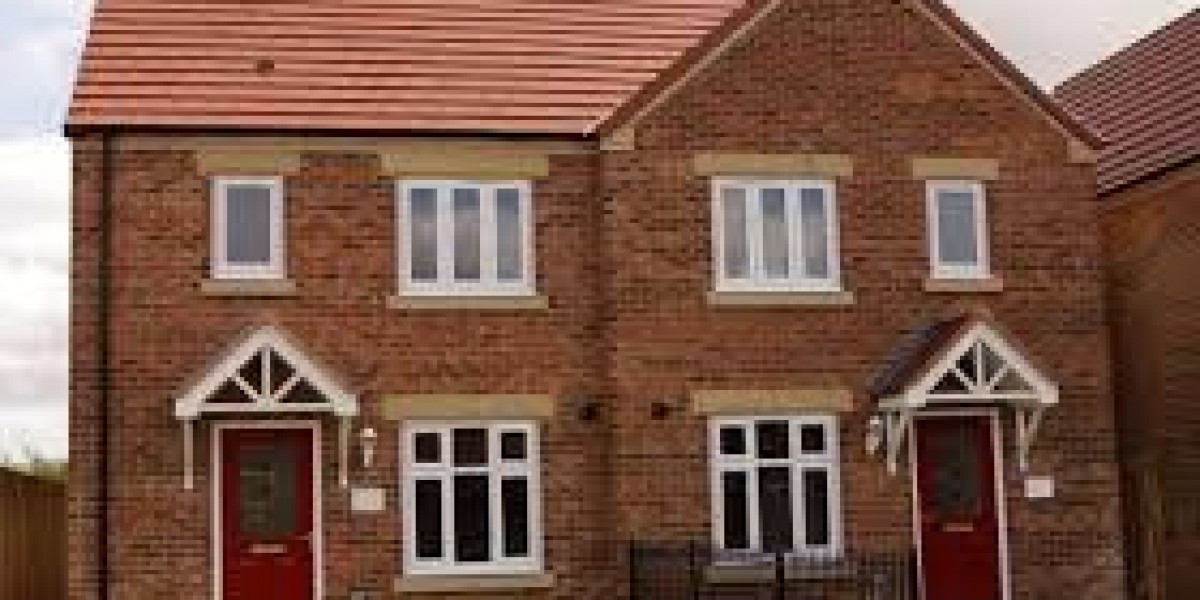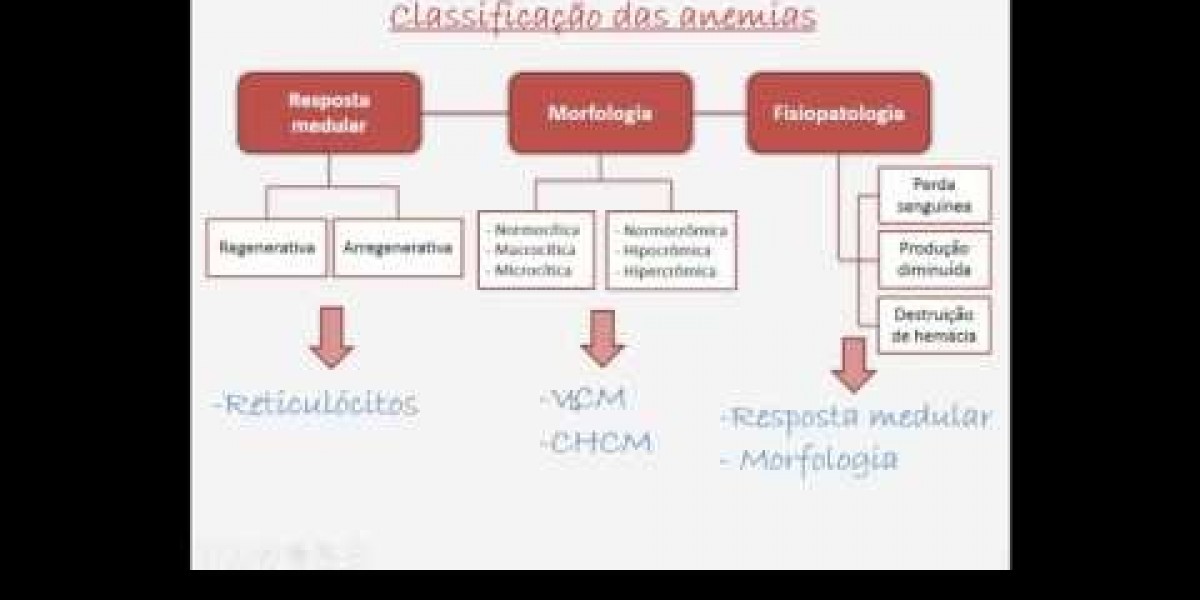The ceiling is often called the “fifth wall” of a home, but it rarely gets the attention it deserves. A well-designed ceiling can transform a dull room into a luxurious space. When it comes to ceiling solutions, homeowners and architects today usually debate between traditional ceilings (POP, gypsum, or wood) and modern stretch ceilings like those offered by Barrisol.
So, which option is better for you? In this detailed guide, we’ll compare stretch ceilings vs traditional ceilings across various factors like aesthetics, durability, cost, maintenance, and sustainability to help you make an informed decision.
1. Design and Aesthetic Appeal
Stretch Ceilings
Available in matte, satin, glossy, translucent, and 3D finishes.
Can be customized with digital prints, logos, or even starry-sky effects.
Create a seamless, modern look.
Reflective glossy finishes make small rooms look bigger.
Traditional Ceilings (POP, Gypsum, Wood)
Limited to flat or carved designs.
Finishes depend on the type of paint or texture work.
May crack or peel over time, reducing elegance.
Design options are restricted compared to stretch ceilings.
Winner: Stretch Ceilings – unmatched flexibility in modern interior design.
2. Installation Time and Process
Stretch Ceilings
Installed in a few hours to 1–2 days, depending on room size.
No dust, debris, or messy plastering.
It can be removed and reinstalled easily.
Traditional Ceilings
Requires weeks of labor for POP or gypsum work.
Creates dust, noise, and debris.
Replacements or repairs are time-consuming.
Winner: Stretch Ceilings – clean, fast, and hassle-free installation.
3. Durability and Lifespan
Stretch Ceilings
Crack-free and sag-resistant.
Resistant to humidity and temperature changes.
Lifespan of 20+ years with minimal maintenance.
Traditional Ceilings
POP and gypsum can crack or chip with age.
Wood ceilings may warp in humid conditions.
Require repainting or repairs every few years.
Winner: Stretch Ceilings – superior durability and longevity.
4. Moisture and Mold Resistance
Stretch Ceilings
100% moisture-resistant, making them ideal for kitchens, bathrooms, and basements.
Prevents mold, dampness, and water stains.
It can even hold water temporarily in case of leaks.
Traditional Ceilings
Prone to water stains and damp patches.
POP and gypsum ceilings often develop mold in humid areas.
Maintenance becomes expensive over time.
Winner: Stretch Ceilings – perfect for moisture-prone areas.
5. Acoustic and Thermal Comfort
Stretch Ceilings
Available in acoustic versions that absorb sound.
Reduce echoes in large rooms.
It can improve insulation when paired with LED backlighting.
Traditional Ceilings
Offer basic soundproofing, but not as effective as stretch options.
Thermal performance depends on thickness and material.
Winner: Stretch Ceilings – better for modern homes and entertainment rooms.
6. Lighting Integration
Stretch Ceilings
Compatible with LED strips, spotlights, and fiber optics.
Perfect for backlit designs that glow uniformly.
Can highlight interiors with creative lighting effects.
Traditional Ceilings
Limited to recessed lights or surface-mounted fixtures.
Cannot create glowing, starry-sky, or translucent effects.
Winner: Stretch Ceilings – endless possibilities with lighting integration.
7. Maintenance Needs
Stretch Ceilings
Easy to clean with a soft cloth or mild cleaner.
Dust and stains do not stick easily.
No repainting or polishing required.
Traditional Ceilings
Require repainting every 3–5 years.
Cracks and peeling are common.
Wood needs polishing and termite treatment.
Winner: Stretch Ceilings – almost maintenance-free.
8. Cost Comparison
Stretch Ceilings
Slightly higher upfront cost.
Long-term savings due to low maintenance and durability.
Acts as a one-time investment.
Traditional Ceilings
Lower initial cost (especially POP).
Frequent repainting, repairs, or replacements increase expenses.
Not as cost-effective in the long run.
Winner: Stretch Ceilings – better value for money over time.
9. Safety and Sustainability
Stretch Ceilings
Made from non-toxic, flame-retardant materials.
100% recyclable and eco-friendly.
Safe for indoor air quality.
Traditional Ceilings
POP and gypsum are not recyclable.
Wood contributes to deforestation if not sourced sustainably.
Fire resistance varies by material.
Winner: Stretch Ceilings – sustainable and safer.
10. Overall Look and Long-Term Value
When evaluating the complete package:
Stretch ceilings provide luxury, durability, and eco-consciousness.
Traditional ceilings are affordable upfront, but need frequent care.
For homeowners who value modern aesthetics, convenience, and sustainability, stretch ceilings are the clear winner.
When Should You Choose Stretch Ceilings?
If you want modern, sleek interiors.
If your home has moisture-prone areas like bathrooms or basements.
If you prefer low-maintenance solutions.
If you want customized designs with lighting integration.
When Should You Choose Traditional Ceilings?
If you’re on a very tight budget.
If you prefer simple, flat designs.
If you don’t mind frequent repainting and repairs.
Conclusion
Both traditional and stretch ceilings have their place, but when it comes to modern homes and lifestyles, Barrisol stretch ceilings stand out as the smarter choice. They combine style, strength, and sustainability, offering unmatched value for homeowners who want more than just a plain ceiling.
Upgrade your interiors with Barrisol Stretch Ceilings. Visit BarrisolCeiling.com to explore premium designs today!































